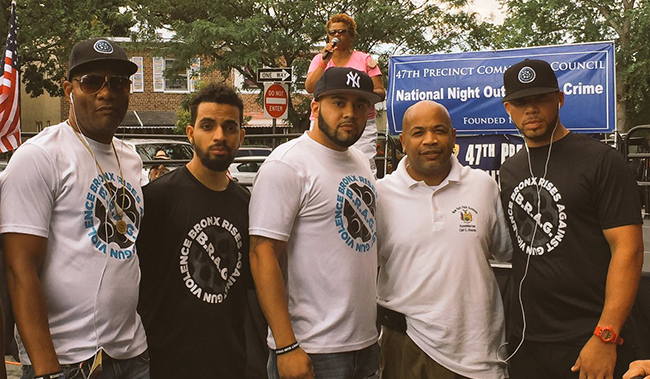Network of support for children, youth, and families
Across the United States, school-aged children and their families have struggled amid remote schooling and closure of youth activities. In New York City, Good Shepherd Services helps by offering a wide range of programs to some of the most vulnerable children and families.
What It Does
Founded in 1857 and now a large nonsectarian organization, Good Shepherd works with city agencies to deliver an array of programs designed to address the multiple barriers faced by vulnerable school-aged children and their families. They provide a continuum of programs that annually reach more than 30,000 K-12 students and their families, and young adults up to age 24. Here are just a few examples of their many programs:
- After school programs that provide safe spaces for school-aged children of working parents/caregivers.
- Foster care and adoption services for families caring for children who have been victims of abuse or neglect.
- Single Stop centers which offer legal counseling, help with financial planning, immigration services, and access to benefits.
- Community centers in Brooklyn and the Bronx that provide safe places for children to go after school, skills and job training for adults, and recreational activities for all community members.
- Residential programs that provide case management and family engagement supports in a therapeutic environment to prevent youth involved in the juvenile justice system from returning to custody.
- BRAG (Bronx Rises Against Gun Violence) uses the Cure Violence method of approaching violence as a public health issue, using “credible messengers” — i.e., people who are leaders with relevant life experience — to counsel youth.
- Learning to Work supports over-age, under-credited young adult
students with personalized learning environments and support to earn their high school diplomas and gain work experience.
In response to COVID-19, Good Shepherd moved programming online, distributed 580 laptops to students, created internet hot spots, hosted virtual community spaces, partnered with a food bank to distribute food and gift cards, and issued $500K in cash assistance to families in need. Currently, Good Shepherd is reopening in-person services and partnering with New York City to enroll clients in emergency rental assistance.
How Effective It Is
In 2018, a Good Shepherd survey of participants in its Youth Justice Program found that 81% of participants reengaged in school or work and 90% avoided deeper justice system involvement. Over 6,000 participant-centered activities resulted in a 63% decrease in the carrying of weapons by participants in the BRAG Cure Violence program in 2018.
Each year, its Single Stop team helps approximately 6,000 people access financial assistance and/or benefits. The $9 million dollars in financial assistance and benefits is more than 10 times the $850,000 annual cost of running the center, which is staffed by a director, coordinator, and four case workers.
How You Can Help
Approximately 80% of Good Shepherd’s revenue comes from city agencies, which covers the minimum for operating programs. Private philanthropic funding is used for evaluation and planning, and to increase program quality. Such funds also provide additional experiences and resources for youth, such as social events, outings, and winter coats. Several of their education programs are entirely philanthropically funded. Learn more at https://goodshepherds.org/give-to-support-nyc-youth-and-families/.
More Ways to Help — First Place for Youth runs programs in California, Mississippi, Ohio, New York, and Massachusetts to provide wraparound services, training, housing, and education for youth exiting the foster care system. Its Independent Skills Living Program (ISLP) provides “drop in” hours, social activities, and skill-building workshops to develop practical skills and confidence. Among other youth support programs, READI Chicago works to reduce gun violence by connecting participants to paid transitional jobs, cognitive behavioral therapy, and wraparound support services to help them create a stable future. Early analysis at 20 months shows that participating may reduce shootings and homicides by 32%.

